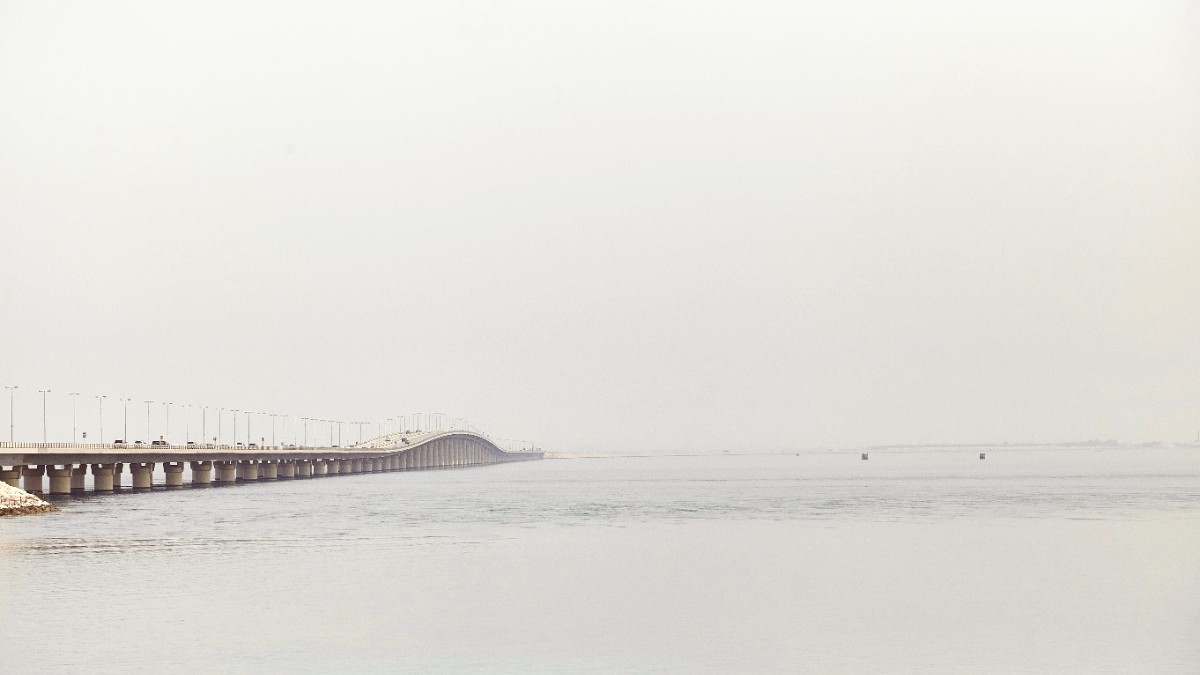
Bahrain
Bahrain National Museum showcases Bahrain's 7,000-year history and archaeological heritage. Collections span Dilmun civilization through Islamic periods. It features traditional crafts and insights into local customs, a reconstructed souq, and a hall on the Pearling Path.
Al Fateh Grand Mosque is one of the largest mosques worldwide, an architectural marvel. It holds over 7,000 worshippers. Non-Muslims are welcome during non-prayer times. Dress modestly; headscarves are often available for women.
Usually open daily 8 AM to 8 PM (check official site for variations). Entrance fee: BD 1. Guided tours are sometimes available.
Open for visitors Sat-Thu, 9 AM to 4 PM. Entry is free. Guided tours are available and recommended for understanding the mosque.
Fort is open access during daylight hours. Museum usually 8 AM to 8 PM. Entrance fee for museum: BD 2. Guided tours may be available.
Collections feature Dilmun civilization artifacts, Islamic history, and traditional crafts. A reconstructed souq and Pearling Path hall are here.
A broad overview of Bahrain's heritage.
A unique museum dedicated to the Quran and Islamic manuscripts. It shows art and artifacts from different periods.
A spiritual and artistic experience.
The Bahrain International Circuit Museum focuses on motorsports history and exhibits. It appeals to racing enthusiasts.
For racing fans.
Always check the Bahrain Authority for Culture and Antiquities (BACA) website for current exhibition schedules and events.
Check for any temporary shows or performances during your visit.
Bahrain Fort (Qal'at al-Bahrain) is the principal archaeological site, showing layers of human history.
Muharraq Island (Pearling Path), an UNESCO World Heritage Site, features buildings related to Bahrain's pearling history.
Al Fateh Grand Mosque is a major mosque and an important spiritual site. Ad-Diraz Temple shows insights into Bahrain's pre-Islamic past.
Al Areen Wildlife Park and Reserve: A protected area home to Arabian oryx, gazelles, and various bird species.
Entry fee applies.
Amwaj Lagoon: A man-made lagoon on Amwaj Islands with pleasant walks and cafes. Al Jazayer Beach: One of Bahrain's largest public beaches, popular for swimming.
Hawar Islands: Groups of islands known for clear waters, coral reefs, and diving.
Less visited than main Dilmun mounds, a more serene experience.
Explore traditional areas for local favorite cafes and shisha lounges.
A smaller, more local souq near the Pearl Roundabout, less touristy.
Bahrain Fort at sunset; traditional Dhow boats in the harbor.
This museum, near Bahrain Fort, houses artifacts excavated from the fort site.
Exhibits detail various historical periods.
Bahrain National Theatre and the Culture and Arts Hall host international and local performances.
Check BACA website for current events.
Muharraq Island (Pearling Path) is an UNESCO World Heritage Site showing Bahrain's pearling history. Manama Souq keeps its traditional architecture.
Al Khamis Mosque, one of Bahrain's oldest, dates to 692 AD. It is a site of historical and religious importance.
Less visited than the main Dilmun burial mounds, these offer a more serene experience for exploring ancient history.
Visit local potters who continue traditional crafts. Observe them work and purchase unique handmade items.
A smaller, more local souq near the Pearl Roundabout, less touristy than the main Manama Souq.
Bahrain's highest point. It offers views of the surrounding desert.
A significant hill for panoramic views.
A man-made lagoon on Amwaj Islands. It has pleasant walks, cafes, and a relaxed ambiance.
A pleasant escape with amenities.
Always check official websites or call ahead for the most current opening hours, especially for museums and attractions, as they can change.
Be mindful and respectful when taking photos, especially in religious sites or when photographing local people. Always ask permission.
During hotter months, plan outdoor visits for early morning or late afternoon to avoid the midday heat and enjoy cooler temperatures.
Exploring Manama's diverse attractions means moving between historical sites, modern structures, and natural spots.